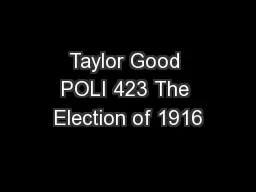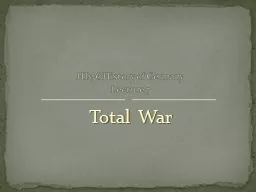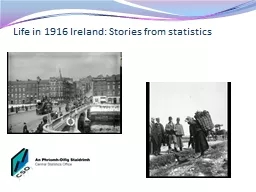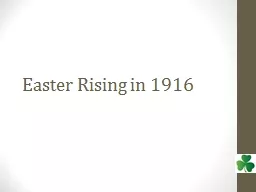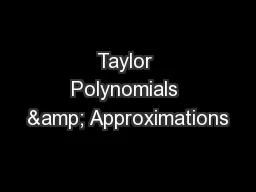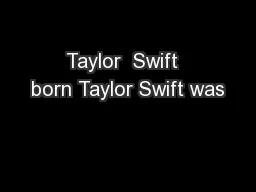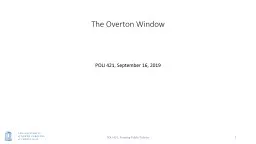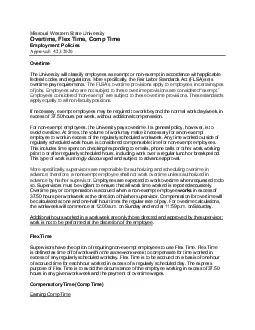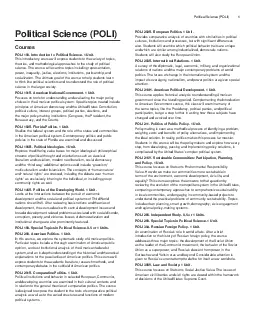PPT-Taylor Good POLI 423 The Election of 1916
Author : pamella-moone | Published Date : 2018-10-26
Aftermath of 1912 Election Wilson defeats a divided Republican party Teddy Roosevelt becomes jaded and does not wish to return to campaigning The Progressive Party
Presentation Embed Code
Download Presentation
Download Presentation The PPT/PDF document "Taylor Good POLI 423 The Election of 191..." is the property of its rightful owner. Permission is granted to download and print the materials on this website for personal, non-commercial use only, and to display it on your personal computer provided you do not modify the materials and that you retain all copyright notices contained in the materials. By downloading content from our website, you accept the terms of this agreement.
Taylor Good POLI 423 The Election of 1916: Transcript
Download Rules Of Document
"Taylor Good POLI 423 The Election of 1916"The content belongs to its owner. You may download and print it for personal use, without modification, and keep all copyright notices. By downloading, you agree to these terms.
Related Documents

